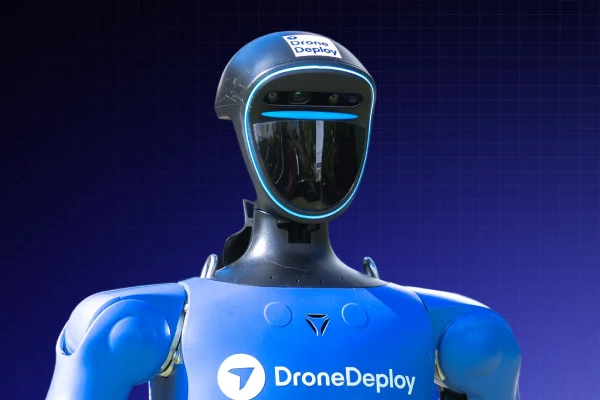How ICF Leverages Digital Twins in Disaster Recovery

Quick Summary
In the past year, ten extreme weather events cost the world $170 billion. Extreme weather events, exacerbated by climate change, have taken an increasingly destructive toll on communities and infrastructure—and assessing that damage proves to be a consistent challenge. Fortunately, the disaster management team at ICF is using drones to perform damage assessments and better understand the full impact of climate change.
Inside a hurricane’s collision path
Omar Lopez was completing his master's degree when Hurricane Maria hit. “I was studying biological oceanography, and as a drone hobbyist, I’d started using drones in my research.” The storm was catastrophic for the island. The hurricane was a category 4 storm with over 100 mph winds. After the storm, the schools were all damaged, and many of them were completely closed for a long time.
ICF worked with FEMA and local authorities to conduct damage assessments across the island. Lopez got in touch with ICF and his career trajectory changed completely.“I basically made flying drones my full-time career.” Omar was part of a team of 6 pilots who flew 2-3 sites a day. Over the course of a year, the crew inspected 1,200 sites. The electrical grid was badly damaged and some parts of the island did not receive power again for 6-8 months. Altogether, the storm caused $94 billion in damage and led to a broad-scale humanitarian crisis.
The amount of time it took us to do an inspection has dropped down around 60-80% since we started to use DroneDeploy for inspections and damage assessments while at the same time staying safe on the ground.
-Omar Lopez, Chief Remote Pilot , ICF
.avif)
A Toolbox for Damage Assessment
James Valenza, Director of Remote Sensing and GIS, told us assessing buildings after hurricane Maria would have taken much longer before using drones and DroneDeploy for inspection. Prior to using drones for data capture, it would take a team of 5-6 people 1-2 days to conduct a damage assessment. With the extent of damage in Puerto Rico, this slow process could have added years to recovery. Utilizing digital twin technology aided by DroneDeploy, they can now complete the same assessment with just 2 people in a couple of hours.
Using reality capture technology has revolutionized the damage assessment process for ICF. With the use of small, portable UAVs, on-the-ground teams are collecting high-resolution video, panoramas, and photos. Once uploaded, the data is assessed by remote damage assessment teams.
DroneDeploy has been integral to our day-to-day operations. Using drones has increased our safety and efficiency and also reduce cost and labor.
-James Valenza, Director of Remote Sensing & GIS Capabilities, ICF
“Previously, when we were doing site inspections, inspectors would go out with clipboards, roller, and point-and-shoot cameras. You had a lot of boots on the ground trying to get on roofs with ladders and cranes. It was a lot of labor, cost, and inefficiency” says Valenza.
Valenza notes that capture apps were another important recent innovation in data collection post-disaster. Apps with forms and photo capture have provided a much-needed uplift to the use of a clipboard and roller. Data collected from drones takes this a step further, offering access from anywhere over time to reveal conditions on the ground. “Our access to data significantly improved and scalability increased. It puts a lot more power in your hands” Valenza said.
.avif)
Goodbye, Clipboard
Innovation in disaster management has historically been a slow process. Previous innovations in disaster management data collection included the use of on-the-ground surveys. Valenza notes that while mobile survey apps have been useful, they are more of a value add than true innovation. That is until DroneDeploy allowed for aerial data capture.
Recently, the drone team at ICF has been applying the same techniques in assessing damages from hurricanes in Louisiana. Working alongside the Louisiana Office of Risk Management, Calcasieu Parish School Board, Vermilion Parish School Board, Jefferson Parish School Board, and Livingston Parish School Board, the group has closed out over 400 site inspections on schools and government buildings. Assessing schools is critical to getting students back in school and minimizing disruption from extreme weather events.

FAQ
Related articles
Ready to manage your data from the very start?
Book a quick call to see how DroneDeploy streamlines capture from construction through building ROI.
.svg)
.png)


